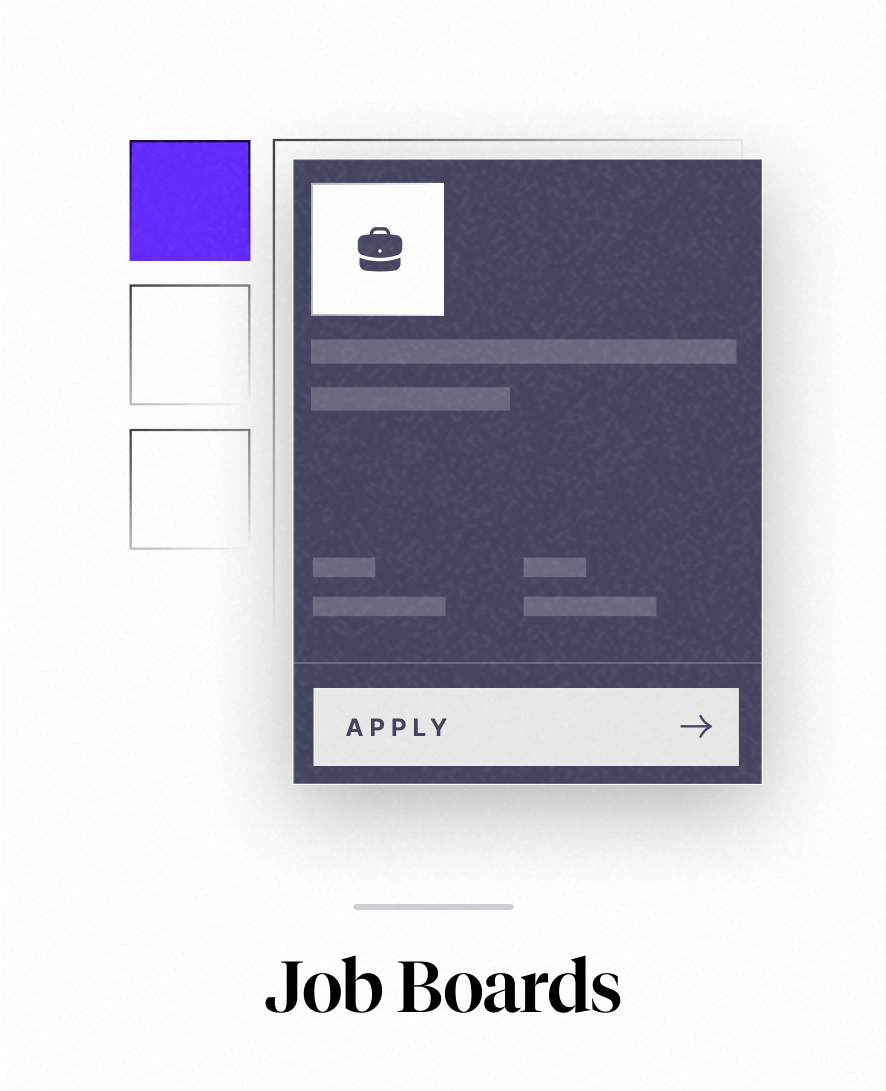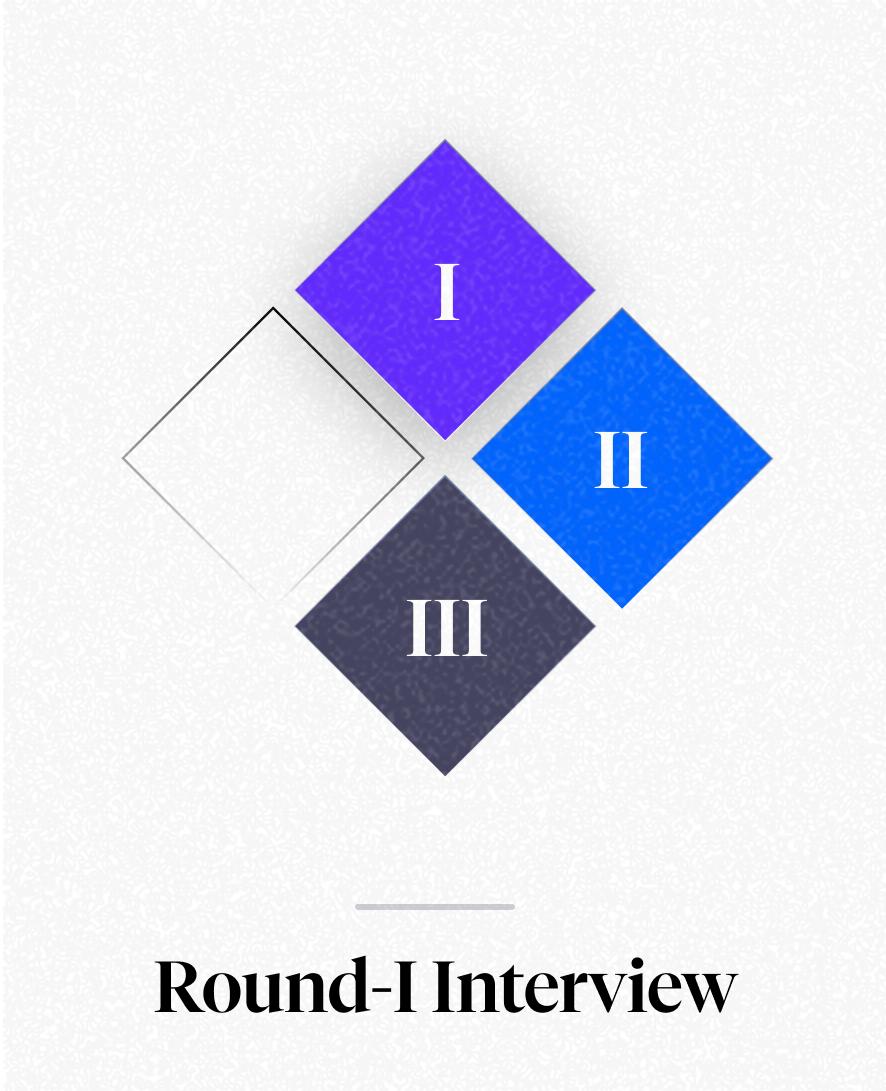Acquisition project | Dezy It, Inc
Accelerate your Design-led Growth
Understand:
Understanding the Product
Problem Statement
Your product growth is slow!
Solution - https://web.dezyit.com/
Accelerate your product-led growth through rapid experimentation and validation
- Website: 1st Touchpoint of Acquisition (www.dezyit.com)

-
- Google Search Result - Brand Related Queries
- Dezy It

- Speed up your growth with Dezy It

-
- Design led growth with Dezy It

-
- Sprint with Dezy It

-
- Li Page

Understanding the User
Structured Approach for User Interviews:
- Talk about their process/experience
- Problems, insufficiencies
- Identify if they are ideal ICP - Show them quick demo and share the link post call.
- Then follow-up for next call
User Insights:
Tushar Gupta - Product Growth Manager Times Internet
Process:
- Define the metrics/goals like getting more people to buy
- Top to bottom approach - First try to get the north star metrics and then plan on talking to users about problem
- Talking to user is a challenge, have to give incentive
- Then the designers design the flow and discuss with the tech team
- Bandwidth issue is huge in my company, have limited design resource and technical resource for experiments
- Use data analysis for measuring the success of the experiment
- And then set up weekly call with stakeholder to show progress
Tools used:
- Google docs
- Jira
- Notion - sometimes
Challenges:
- Awareness is the main issue, the team is not aware of product-led growth. They understand growth experiments as marketing activities. I have to convince a lot to people on why we are doing this.
Feedback on Product
- Sounds interesting
- Can I try the product? What is the pricing?
Gunjan Maheshwari - Senior Product Manager, Global Ecomm. Dell
Process:
- There are many product teams and they have product managers.
- Growth product team is very different from these
- We as the growth team look at data and suggest changes that directly impact revenue.
- We target low hanging product revenue changes and optimizations
- Growth team suggest and align the product teams
- Looking at data validates the experiments success.
- A/B Testing for design changes.
- Design team are involved and growth product team is closely connected with Design team to quickly mockup things.
- The process is documented in PPT
- There is a 2 week period to define and prepare PPT. Then there is alignment calls to showcase PPT.
- If anyone have any concerns, they comment on PPT. Then after discussion we come to middle ground and assign to product line manager.
- There is research team who speaks to users. They have their own methods on capturing data and we get insights from them.
- The product insight we get after we launch the product through A/B testing.
- The Stakeholder look at topline. yes or no
Tools used:
- Used PPT
- share ppt for finalize on the designs and changes
Challenges:
- Alignment issues. Sometime you as a growth team you want to get the revenue boost. The product team denies sometimes so they can take those ideas within their backlog and highlight their team.
- To convince product teams sometimes it’s data or they do it when high order influence it there that this is coming from Growth product team.
- There are a lot of alignment calls
Feedback on Product
- Design looks good and side panel seems interesting.
- It’s possible to buy. As there are alignment issues. if one team has to do it, it’s easier for dezy it to enter but convincing all the teams might be challenging.
- If they all the using Jira and also the growth product team is not liked by people so
Shubham Baranwal - Product Manager, Ninjacart
Process:
- Define the metrics
- Then it going to drill down by how product team to contribute
- Consistency increase the percentage of users
- You have to give the percent results
- Defining user 0-1 and existing users(Churned)
- Define their journey/user flow
- Supporting Levers to increase the metrics from pain points
- While defining ideas/experiments - Need to define benchmarking the numbers/metrics
- Designers are included on experiments. sometimes not required for tech experiments
- Validation Happens
- Stake holders are required in major changes
- Tools I use are Figma and whimsical, for documentation I use Jira.
Challenges:
- User insights is a challenge as I run the experiment on huge user base, so I don’t find out whether the experiment is wrong or the user base is wrong.
- I do target experiments based on user behaviours.
Feedback on Dezy It
- It is good repository of items
- This is good structure. If growth experiment is happening at a rapid pace. When you are moving fast you can miss few steps. This structure helps.
- Can you customize these steps?
- Once they adapt dezy it, no one has to worry about where to find the relevant documents and items for growth sprints.
- It’s a one stop shop for reference as sometimes you forgot why you have done this change.
- The experiments that you are running are working on not? How can I align my teammate.
- This is ideal for companies where experiments happening rapidly.
- The Buyer is CPO and they get influenced by Product and the person who will pay is CFO. They will analyze ROI of the tool.
Niyatee Dwivedi - Product Manager, Bharatpe
Process
- Construct of the feature should be well defined
- I don’t include tech because they go deep into feature level
- My objective and their objective will never align
- I go to them to analyze impact from tech on live product - I go to them with ideas and ask impact
- Collaboration on Product manager level - takes a lot of time
- I do not include growth people in ideation time. I include them on Impact analysis time - Cause Benefit analysis
- Prefer A/B testing
- As a product manager, the requirement either comes from my end. I derive the requirement or it comes from CXO's. I set up priorities
- I prepare very high level wireframe to represent ideas
- I don’t include designers at planning state as it is a time consuming state. When we are close to starting development that’s when I include designers.
- I take a call on which ideas to go ahead with and share with Design and Dev
- We speak to user where basic features are ready
- Validation at design level happens on the companies which are retail focused. Mainly B2C.
High Level summary
- Growth is not just about numbers but also about the product's essence.
- Aligning objectives between growth scenarios and tech processes can be challenging due to differing perspectives.
- Aim to ship out the best-fit product feasible within constraints, targeting 70% stakeholder satisfaction.
- Testing results should be presented in a clear format, indicating priorities for implementation.
- Evaluating concepts and impact analysis on requirements to avoid unnecessary tasks.
- Understanding the tech team's response rate regarding feasibility and agreement on requirements.
- Limited involvement of designers due to resource scarcity; focus on practicality over elaborate designs.
- Coordination with designers at key stages to align logical flow with technical implementation.
- Figma and Miro are primarily used for idea framing.
- A/B testing is crucial for campaigns to gauge user responses effectively.
- Engaging users after developing an MVP helps in refining the product based on initial feedback.
- Features are validated after spending 15-20 days in development through user interactions.
Apoorva Saraswat - Ex Product Manager Lenskart
Process, Problems & Insufficiencies -
- Start with a discussion, decide the experiments, measure the impacts and efforts as much as possible.
- Check the availability of the engineering team, not a lot of bandwidth so had to be plan and prioritise.
- Main Target was revenue, so we used to prioritise according to that.
- For Sprints, we were maintaining Jira on Fridays but not dilligently, would end up using Google Docs.
- The process was quite ad hoc, we had a freelance designers who I was the main touch point for. We had documentation but no process or format.
- The team for this would be me, another PM and a business person.
Post Demo Feedback -
- At first glance, it seems very easy to use even though I have not seen something like this.
- Liked the exerimental approach and the fact that there was context and transparency in the approach.
- Showed interest to try with a proper use-case in her next role.
Ideal Customer Profile (ICP)
| ICP 1 | ICP 2 | Influencer | Blocker |
|---|---|---|---|---|
Ideal customer profile name | Mid-Large Enterprise | Series A & B - Funded Startups | ICP 1 & 2 | ICP 1 & 2 |
Job title | Senior Product Manager | CPO | Product Manager | CFO |
Age | 30-50 | 30-50 | 25-40 | 35-55 |
Organisational goals | Growth in Revenue or Profits | Growth in Revenue or North Star Metric | Growth in Revenue or Profits | Growth in Revenue or Profits |
Role priorities | Product Oppurtunities | Product Oppurtunities | Product Oppurtunities | Financial Planning, Calculating ROI |
Role in buying process | High (Buyer and Influencer) | High (Buyer and Influencer) | High (Influencer) | High/Med (Blocker - Approval) |
Reporting structure | Reports to CPO | Reports to CEO/Founder | Reports to Sr. PM OR CPO | Reports to CEO |
Preferred channels | Face-to-face, Email, Phone, Video Meet | Face-to-face, Email, Phone, Video Meet | Face-to-face, Email, Phone, Video Meet | Face-to-face, Email, Phone, Video Meet |
Products used in workspace | PPT, Google Docs, Figma, Miro, A/B Testing | Whimsical, Jira, Figma, Google Docs, PPT | PPT, Google Docs, Figma, Miro, A/B Testing | Tally, Sheets, Teams, Mail |
Where do they spend time | Commuting to office, Meetings, Conferences, Zoom calls | Commuting to office, Meetings, Conferences, Zoom calls | Commuting to office, Meetings, Conferences, Zoom calls | Commuting to office, Meetings, Conferences, Zoom calls |
Pain points | Stakeholder Alignment | Process for Rapid Experimentation | Stakeholder Alignment | Growth - Revenue, Profits |
Current solution | PPT | Google Docs | Miro | |
Understanding the Product Category/Market
New category - Prouct Led Growth Tools - Lies in the intersection of Process, Documentation and Experimentation tools
Process & Task Management -
Asana - https://asana.com/
Monday - https://monday.com/
Trello - https://trello.com/
Collaborative Documentation -
Miro - https://miro.com/
Mural - https://www.mural.co/
Whimsical - https://whimsical.com/
Experimentation Tools -
A/B Smartly - https://absmartly.com/
Kameloon - https://www.kameleoon.com/en
Understanding the ceiling
TAM
- TAM for B2C early scalling funded(Team Size 50-200) - (Number of companies X number of lCPs X Liscence price(49) X %estimate(30%) X month(12)) = $10 Million approx
- TAM for B2C Mature scalling( Team Size 200+) - (Number of companies X number of lCPs X Liscence price(49) X %estimate(30%) X month(12)) = $500 Million approx
Growth Experiments:
Acquisition Channels
Channels | Cost | Flexibility | Effort | Lead Time | Scale |
|---|---|---|---|---|---|
Organic - Friends & Family | Low | High | Med | Low | Low |
Organic - SEO | Low | Med | High | High | High |
Organic - Outreach (Li, Slack, WA) | Med | High | Med | Low | Med |
Referral Program | Low | High | Med | Med | High |
Partner Program | Med | High | Med | Low | High |
Selected Channels
- Organic - Outreach (Li, Slack, WA)
- Referral/Partner Program
Growth Experiments
Experiment 1: Organic (Outreach - LinkedIn, Whatsapp, Slack)
Demo-led Approach - Conduct Demos and User Testing Sessions with potential customers to be able to learn feedback and adopt early customers.
Structured Approach for Calls:
- Talk about their process/experience
- Problems, insufficiencies
- Identify if they are ideal ICP - Show them quick demo and share the link post call.
- Then follow-up for next call
Hypothesis/Result:
- Connected with multiple PM's, collected useful feedback & insights to plan future roadmaps for the product. These have been posted earlier in the "Understanding Users" section.
- We are on the verge of getting our few early customers to validate the price and achieve PMF.
Experiment 2: Referral (In-product Referrals)
Platform Currency: Money, Dopamine
Triger - Once User completes the sprint, a pop up comes up asking for feedback. If rating is above 4, then the referral flow will get triggered.



Once the referral flow is triggered if the user is interested they are taken to the referral dashboard






The flow for the person who joined through a referral


Hypothesis/ Expected Result:
- Satisfied User's would like to share the product because it's cool, it makes them feel smart and it also saves them a buck on their bill.
- This will save us costs, as we will only be paying for the acquisition after we have generated revenue through the channel.
- Few Users would see this as a gateway to become a partner and join our reseller program. We plan to insentvise users through the referral dashboard to join the partner program.
Experiment 3: Partner program (Reseller Network)
Triggers:
- Website Onboarding - Fill up the Application - Meet with the Team to check eligibility and become a direct partner.
- Referral Dashboard Onboarding - On Referral Dashboard we will promote the partner program. Earn more that 500$ through your referrals to become a partner and start cashing out your earnings and increase your referral bonus from 10% - 30%
Benefits: Platform Currency: Money
- 30% of overall revenue generated through referred accounts will be redirected towards partners.
- Partners can use this income stream to create passive income.
- Cash out this income to a preferred source at any time. (Min. Amt. 100$)
Hypothesis/Expected Result:
- We will very soon, start building relationships with loyal partners and distributors.
- This program will encourage existing users who are referring to aspire to earn more and will give them a potential to build a passive income through this platform.
Brand focused courses
Great brands aren't built on clicks. They're built on trust. Craft narratives that resonate, campaigns that stand out, and brands that last.
All courses
Master every lever of growth — from acquisition to retention, data to events. Pick a course, go deep, and apply it to your business right away.
Explore courses by GrowthX
Built by Leaders From Amazon, CRED, Zepto, Hindustan Unilever, Flipkart, paytm & more
Course
Advanced Growth Strategy
Core principles to distribution, user onboarding, retention & monetisation.
58 modules
21 hours
Course
Go to Market
Learn to implement lean, balanced & all out GTM strategies while getting stakeholder buy-in.
17 modules
1 hour
Course
Brand Led Growth
Design your brand wedge & implement it across every customer touchpoint.
15 modules
2 hours
Course
Event Led Growth
Design an end to end strategy to create events that drive revenue growth.
48 modules
1 hour
Course
Growth Model Design
Learn how to break down your North Star metric into actionable input levers and prioritise them.
9 modules
1 hour
Course
Building Growth Teams
Learn how to design your team blueprint, attract, hire & retain great talent
24 modules
1 hour
Course
Data Led Growth
Learn the science of RCA & experimentation design to drive real revenue impact.
12 modules
2 hours
Course
Email marketing
Learn how to set up email as a channel and build the 0 → 1 strategy for email marketing
12 modules
1 hour
Course
Partnership Led Growth
Design product integrations & channel partnerships to drive revenue impact.
27 modules
1 hour
Course
Tech for Growth
Learn to ship better products with engineering & take informed trade-offs.
14 modules
2 hours
Crack a new job or a promotion with ELEVATE
Designed for mid-senior & leadership roles across growth, product, marketing, strategy & business
Learning Resources
Browse 500+ case studies, articles & resources the learning resources that you won't find on the internet.
Patience—you’re about to be impressed.























